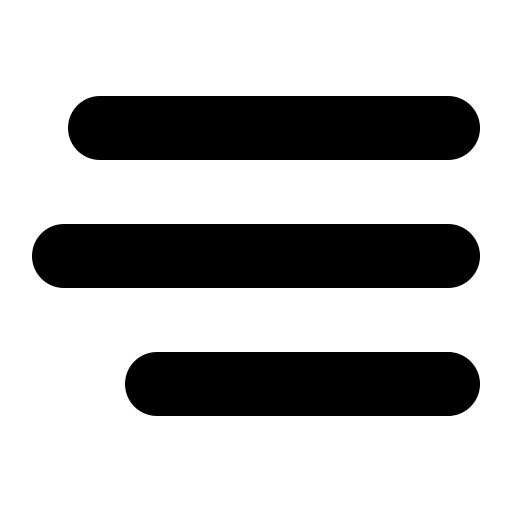how we design bikes
We are not only riders. We are also a team of designers and engineers on a mission to create some very great mountain bikes. Let’s have a look in our kitchen.
love for bikes
We ride our bikes daily to navigate through the city. But in the weekends the fun riding begins when we go out in nature.
With our bikes we like to inspire you to explore your own limits, ride in nature, feel alive.
Therefore we design bikes specifically for natural trails. For rough terrain, technical sections, fast descents. Trails that we ride ourselves in the Alps, Slovenia and Croatia.
In our team we are excited to help shape the future of mountain biking, to find every time better solutions, based on test riding and feedback from test riders in enduro races.
strategy




When we start a new project, we always do our home work first. Obviously we know a lot of what is going on in the industry, but still we start off with research.
We speak with riders and dealers, check the newest roadmaps from component partners, scan what other manufacturers are doing and ride competitive bikes. This helps us to find small opportunities for innovation and design bikes that we like.
This is also the moment we develop early idea’s about geometry, kinematics, drivetrain and components. And last but not least, we use some powerful design tools to create early idea’s about the new design language for the bike, without even making a single sketch yet.
All this information together in a strategy document serves as a guide throughout the project.
kinematics and geometry


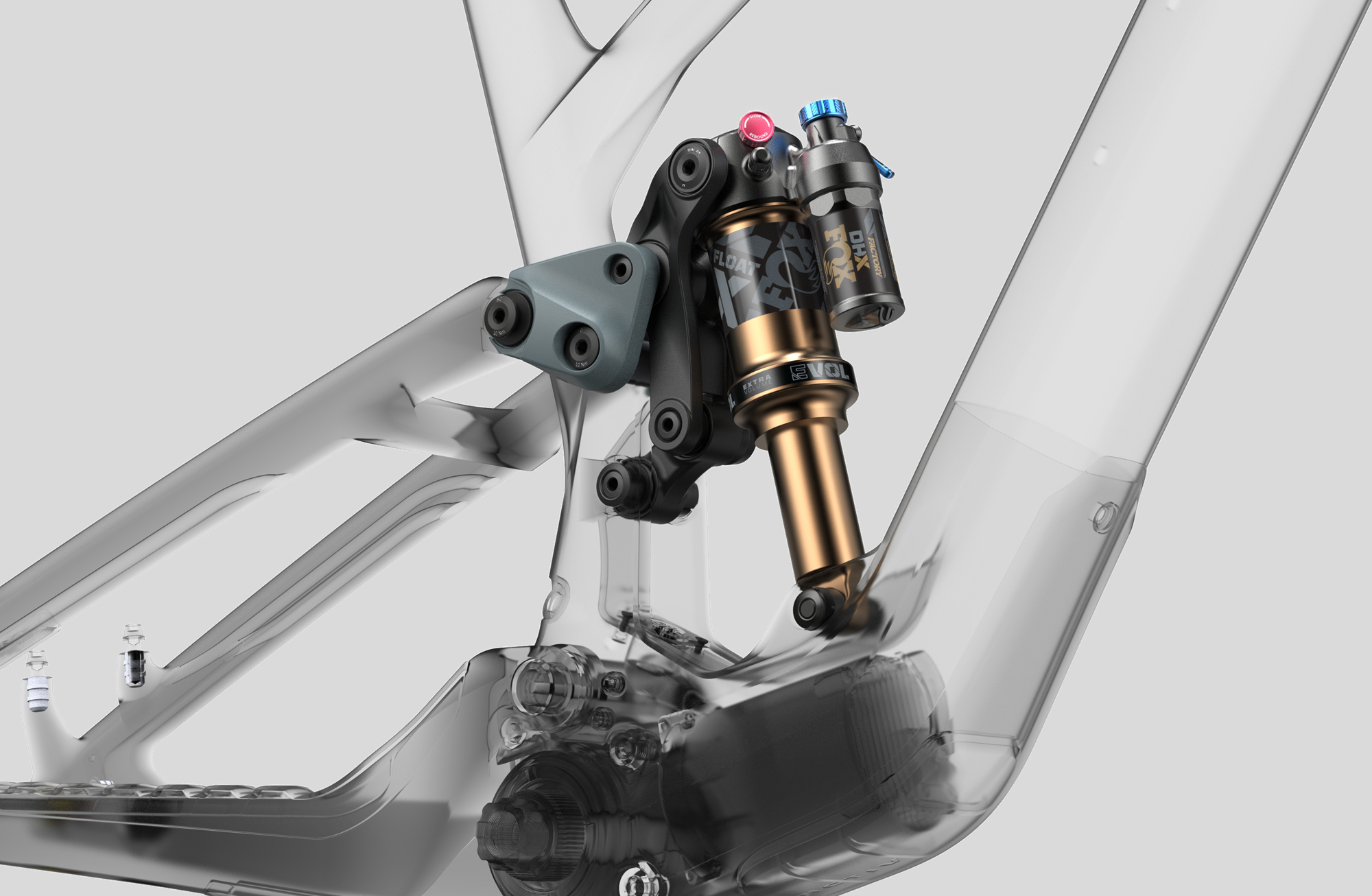
Geometry and kinematics are extremely important factors of the early bike design. With the early idea’s of geometry and kinematics we set to work. We build early 3D CAD models of the draft suspension setup, with rockers, axles, links, bearings and run many simulations to see if we can find something that fits and that we really like.
We do not only simulate and test in CAD, but also ride bikes, test with mules and create prototypes that help us develop geometry and kinematics that best fits the new bike. Development is not a straight line, it comes in circles of simulations, create in CAD, testing with prototypes and back to simulations again.
concept development



At the same time when we are working on the kinematics, geometry and early 3D CAD setup for the suspension parts, we also work on the general look and feel of the bike. This is really still handwork, creating a lot of sketches, which are getting better and more realistic step by step, as more information is coming in where the actual pivot points will come and how the suspension will work.
Many walls in our design studio are full with sketches of the bike frame. The more we come to idea’s we like, the more detail we will add, both in the frame itself, but also supporting components, to get a good overview of how the full bike will look like. This is also the moment to make some full scale side view prints of the bike, to check the look and feel in real size conditions.
engineering



The first important milestone during the design of a new bike is to bring the concept to a first fully functional carbon prototype, which we call the P1.
To do so, we use powerful 3D CAD software to create a detailed model the bike frame: all carbon parts, pivots, bearings, rockers and components like shocks, forks, motor and battery.
To achieve maximum performance at minimum weight we use 3D CAD simulations and run tests with early prototypes.
In addition to a complete set of 3D CAD files, we create a bill of materials and a full set of 2D drawings during the transition to production of the first P1 prototype.
prototyping
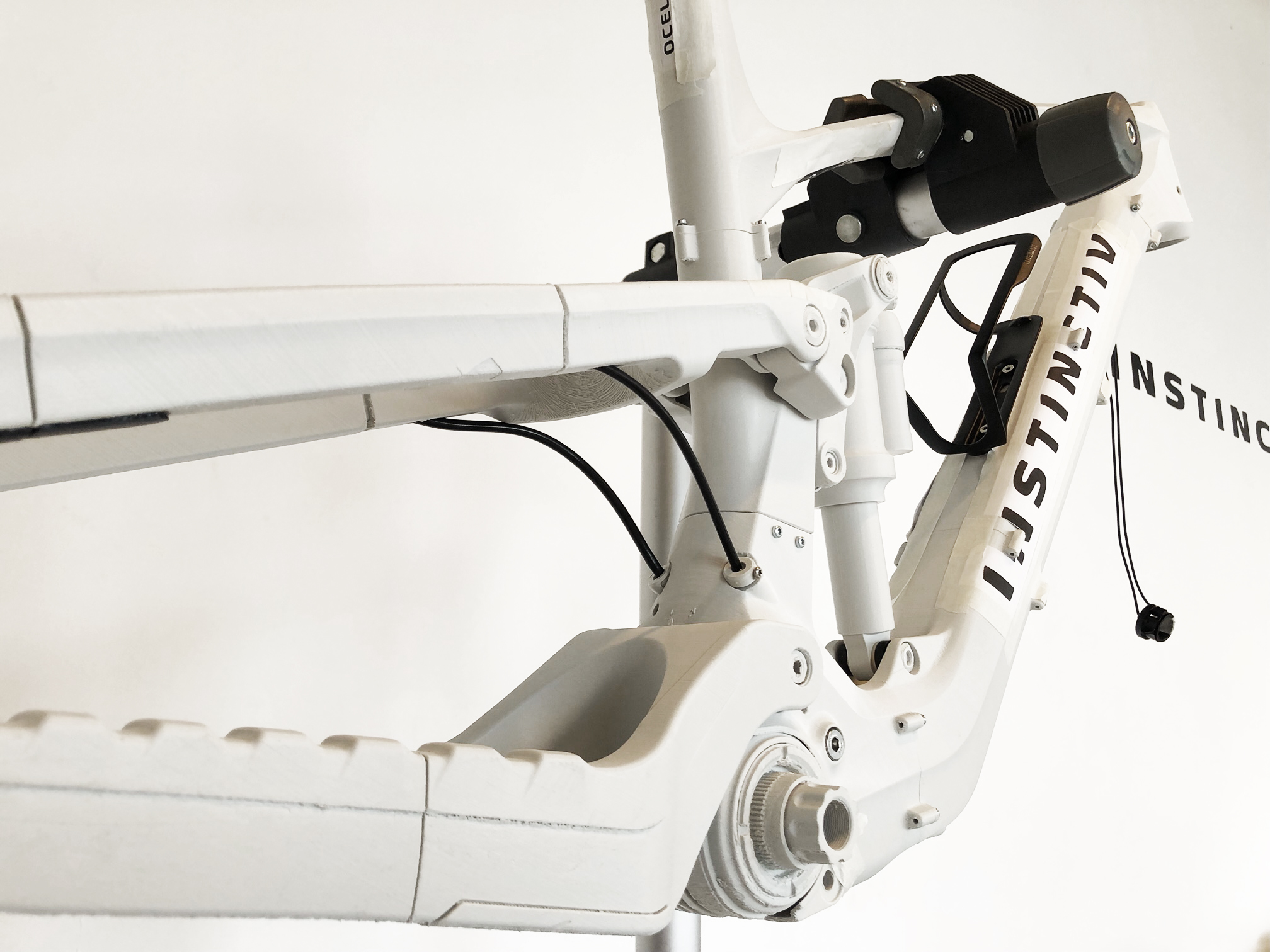


Both during the concept and engineering phases we build prototypes. Early prototypes are mostly more like mockups and are often 3D printed. We use them mainly for testing shapes, ergonomics and engineering solutions. Also these prototypes are good to test the fit of motors, batteries, cables and seat tube. At the end of the engineering stage we build the first carbon P1 prototype bike. This is done in cooperation with one of our carbon manufacturing partners.
We use this P1 prototype bikes to test performance, kinematics and durability. We take the bikes to the trails in Alps, Croatia and Slovenia and test them to the limits. During the testing period we document all the improvements and make updates in the CAD files where needed. This will lead to an updated prototype P2. These prototypes are used as well for ISO4210 testing and further heavier factory testing. Now the bikes are ready to show to the public and move slowly to production.
testing
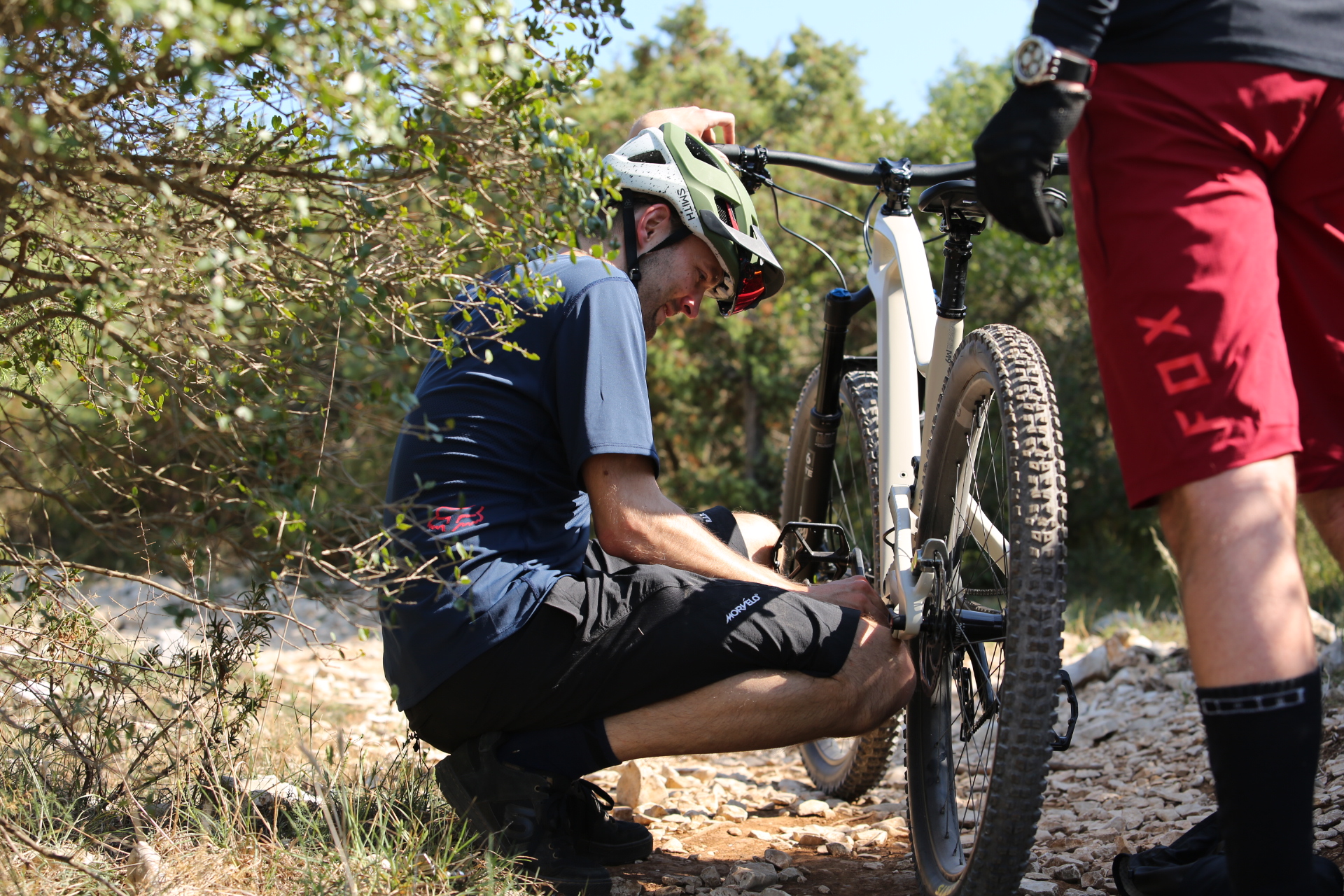
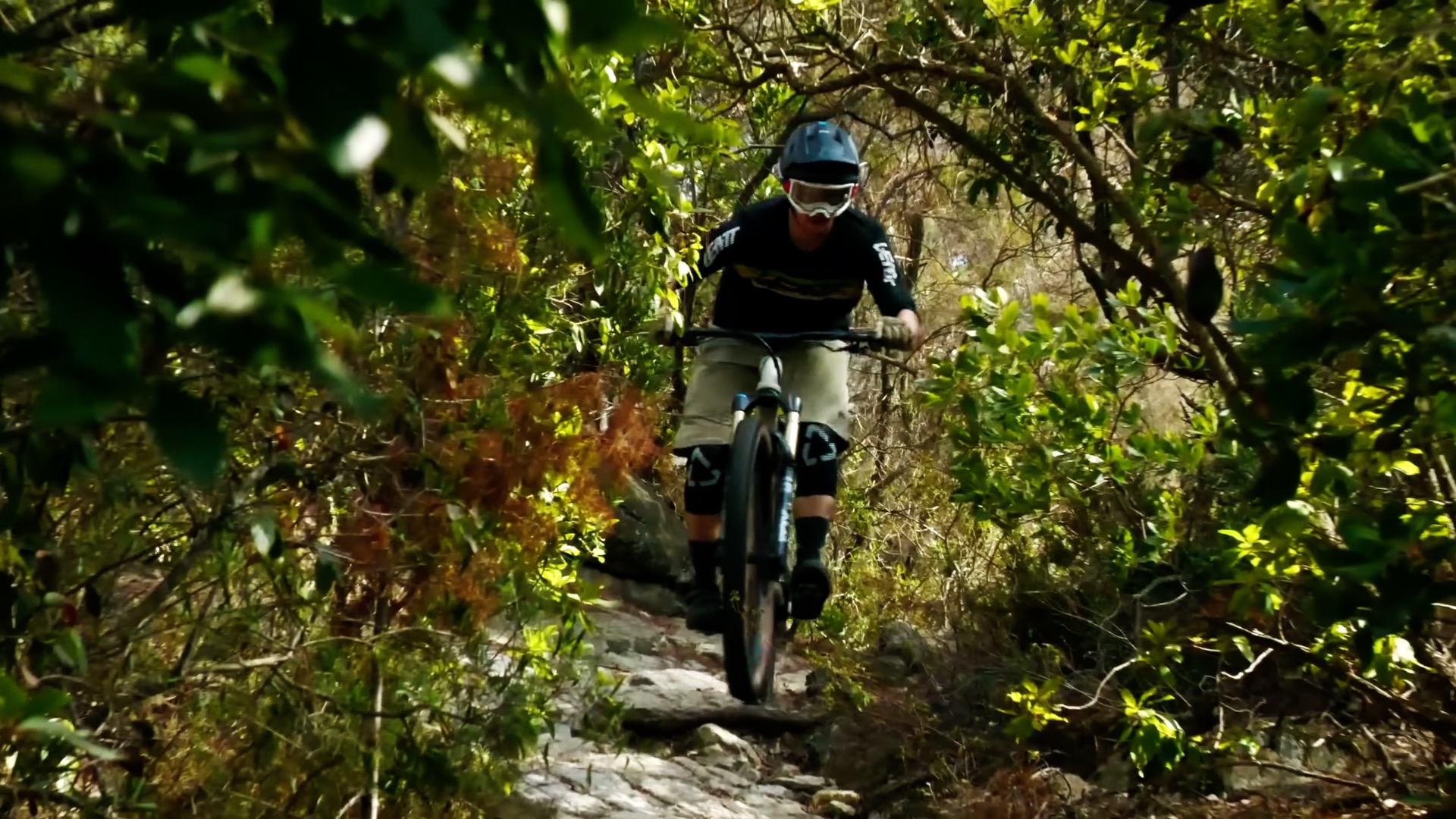
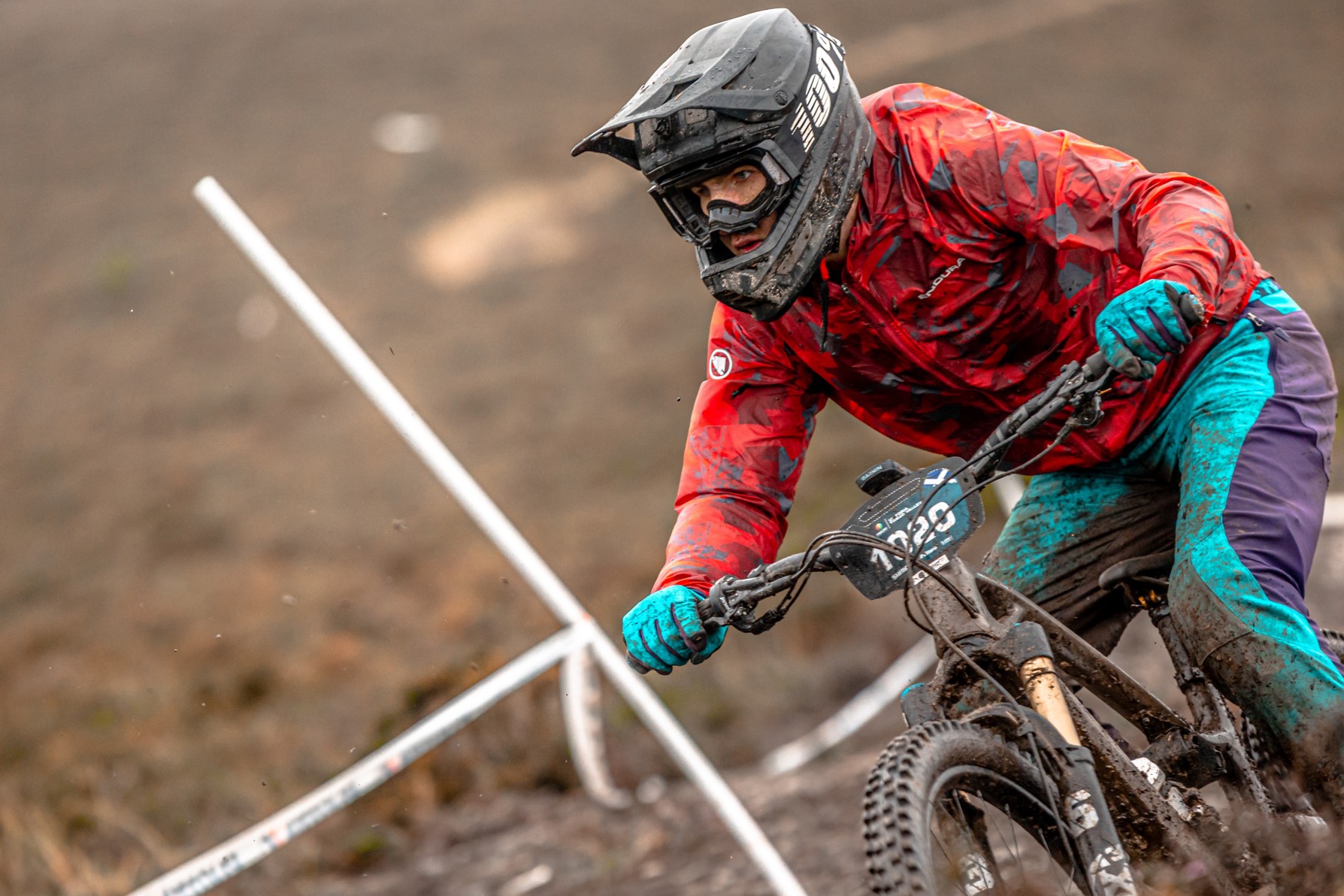
For extensive performance testing we use our locations in Croatia and Slovenia. If frames and components survive the extremely rocky and technical natural trail there, they will pretty much survive anything.
We ride prototypes on Alpine trails in Jamnica (SI) and on the trails of UCI Premantura (HR), UCI Kamenjak (HR) and Rabac (HR). Apart from these testing locations, we have test riders in Switzerland participating in Enduro races.


